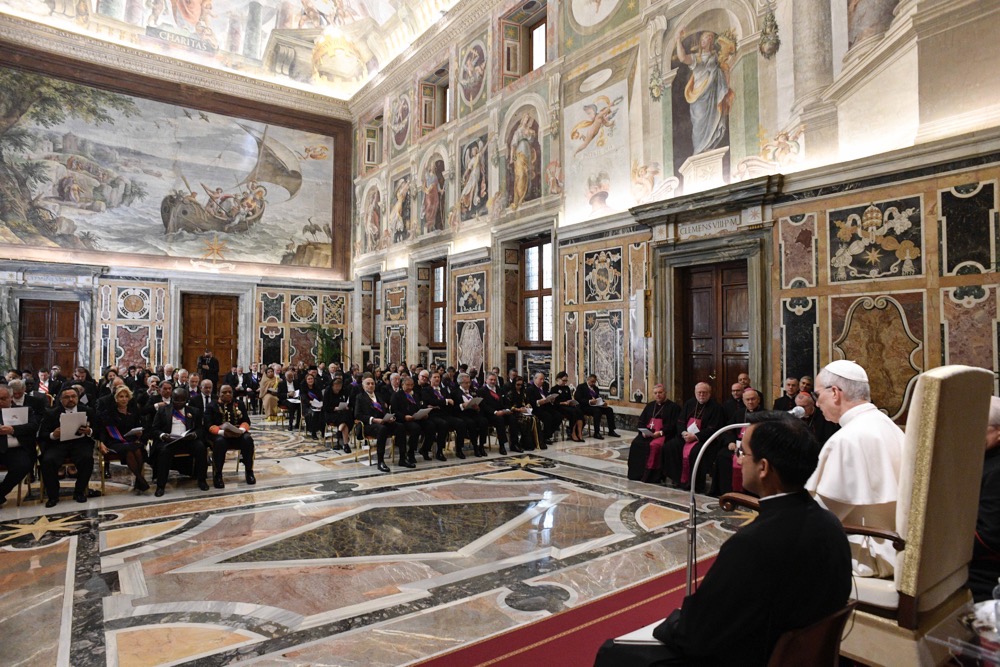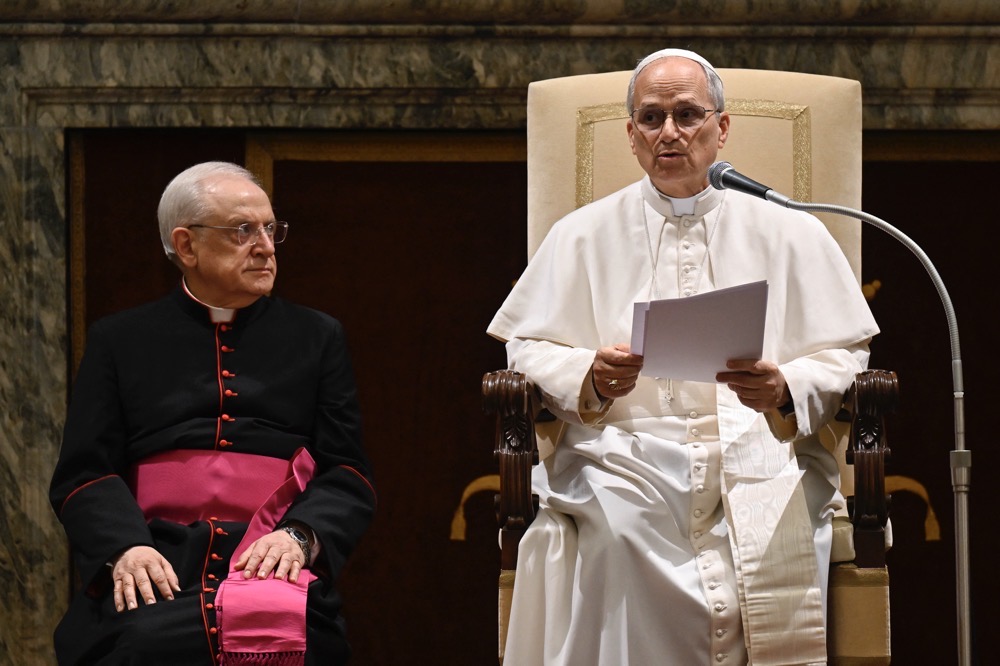MOSCOW: The Kremlin said on Wednesday it would review details from Washington about a proposal for a 30-day ceasefire in Ukraine before responding, while US Secretary of State Marco Rubio hoped a deal would be struck within days.
As Moscow considered the plan, President Vladimir Putin, dressed in military fatigues, made a surprise visit to Russia’s Kursk region for the first time since Ukrainian troops captured part of it last year.
With Putin’s presence highlighting recent Russian advances in Kursk, Valery Gerasimov, head of Russia’s General Staff, told the Kremlin leader his troops had repelled Ukrainian forces from 86 percent of the ground they once held in Kursk. Ukraine had hoped to use that territory as a bargaining chip in any peace talks with Moscow.
The US on Tuesday agreed to resume weapons supplies and intelligence sharing with Ukraine after Kyiv said at talks in Saudi Arabia that it was ready to support a ceasefire proposal.
The Kremlin on Wednesday said it was carefully studying the results of that meeting and awaited details from the US.
Rubio said the United States was hoping for a positive response, and that if the answer was “no” then it would tell Washington a lot about the Kremlin’s true intentions.
Speaking to reporters when his plane refueled in Ireland, Rubio said on Wednesday: “Here’s what we’d like the world to look like in a few days: Neither side is shooting at each other, not rockets, not missiles, not bullets, nothing ... and the talking starts.”
Two people familiar with the matter said Russia has presented Washington with a list of demands for a deal to end the Ukraine war and reset relations with the United States.
The specific demands were not clear, nor whether Russia, which holds just under a fifth of Ukraine, was willing to enter peace talks with Kyiv prior to their acceptance.
The people said the demands were similar to previous Kremlin terms including no NATO membership for Kyiv, recognition of Russia’s claim to Crimea and four Ukrainian provinces and an agreement that foreign troops not be deployed in Ukraine.
Rubio said that Europe would have to be involved in any security guarantee for Ukraine, and that the sanctions Europe has imposed would also be on the table.
After a meeting of five European defense ministers, British defense minister John Healey on Wednesday told reporters that work was accelerating on a “coalition of the willing from Europe and beyond” to support Ukraine. French Defense Minister Sebastien Lecornu said about 15 countries had expressed interest.
In Kyiv, Ukrainian President Volodymyr Zelensky hailed this week’s meeting in Saudi Arabia as constructive, and said a potential 30-day ceasefire with Russia could be used to draft a broader peace deal.
After Russian forces made gains in Ukraine in 2024, Trump reversed US policy on the war, launching bilateral talks with Moscow and suspending military assistance to Ukraine, demanding that it take steps to end the conflict.
Tuesday’s agreement signaled a major improvement in US-Ukraine relations after a clash between Trump and Zelensky at the White House last month sent them to a new low, but it did not alter the issues underlying the conflict with Russia, Ukrainian sources said.
Russia wants its advances taken into account
Russia’s invasion of Ukraine in early 2022 has left hundreds of thousands of dead and injured, displaced millions of people, reduced towns to rubble and triggered the biggest confrontation between Moscow and the West in six decades.
During Putin’s visit to Kursk, Gerasimov told him Russian forces had regained 1,100 square kilometers (425 square miles) of territory including 259 square kilometers in the last five days.
Kyiv’s forces have been on the verge of losing their foothold in Kursk. Their main supply lines were cut and they ceded control of the town of Sudzha.
Putin called for Russia’s forces to swiftly retake any remaining area from Kyiv’s troops. He also made it clear he was considering the creation of a buffer zone in Ukraine’s Sumy region, across the border from Kursk.
Deep State, an authoritative Ukrainian site that charts the frontlines of the war, updated its battlefield map to show Ukrainian forces were no longer in control of Sudzha. However, it said fighting was continuing on the outskirts.
Ukraine’s top army commander said on Wednesday that Kyiv’s troops will keep operating in Kursk region as long as needed and that fighting continued in and around Sudzha.
Putin has repeatedly said he is ready to talk about an end to the war and Trump says he thinks Putin is serious, though other Western leaders disagree.
Reuters reported in November that Putin was ready to negotiate a deal with Trump, but would refuse to make major territorial concessions and would insist Kyiv abandon ambitions to join NATO.
Ukraine says the regions claimed by Moscow have been annexed illegally and that it will never recognize Russian sovereignty over them.
Konstantin Kosachev, chairman of the international affairs committee of the Federation Council, the upper house of Russia’s parliament, said on Telegram that Russia’s advances in Ukraine must be taken into account in any deal.
“Real agreements are still being written there, at the front. Which they should understand in Washington, too,” he said.






























